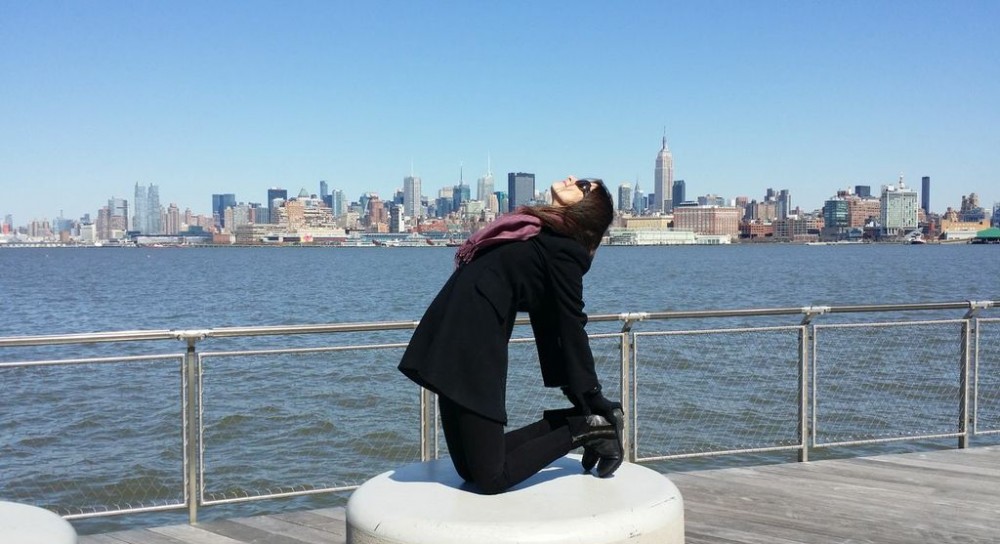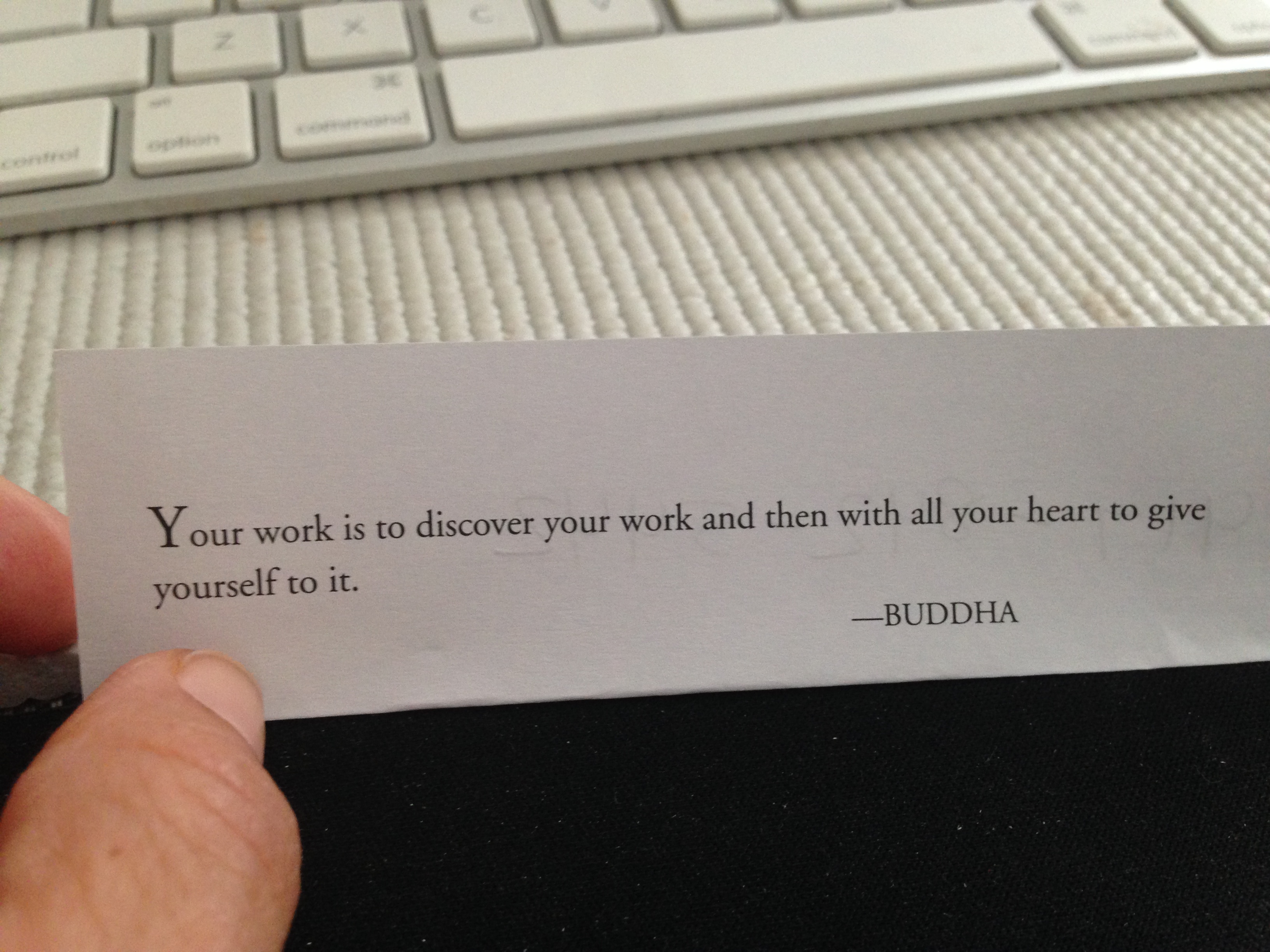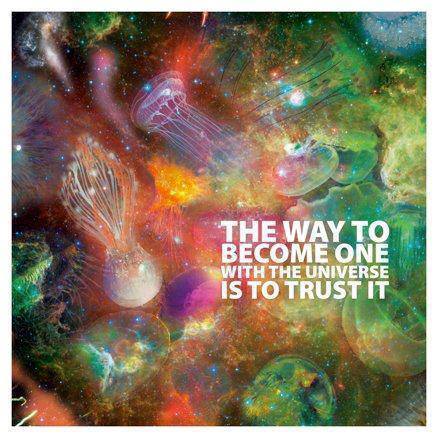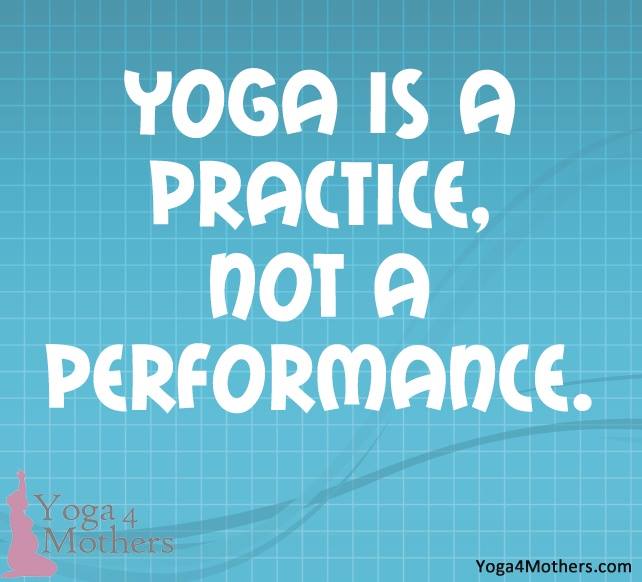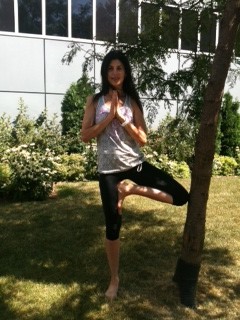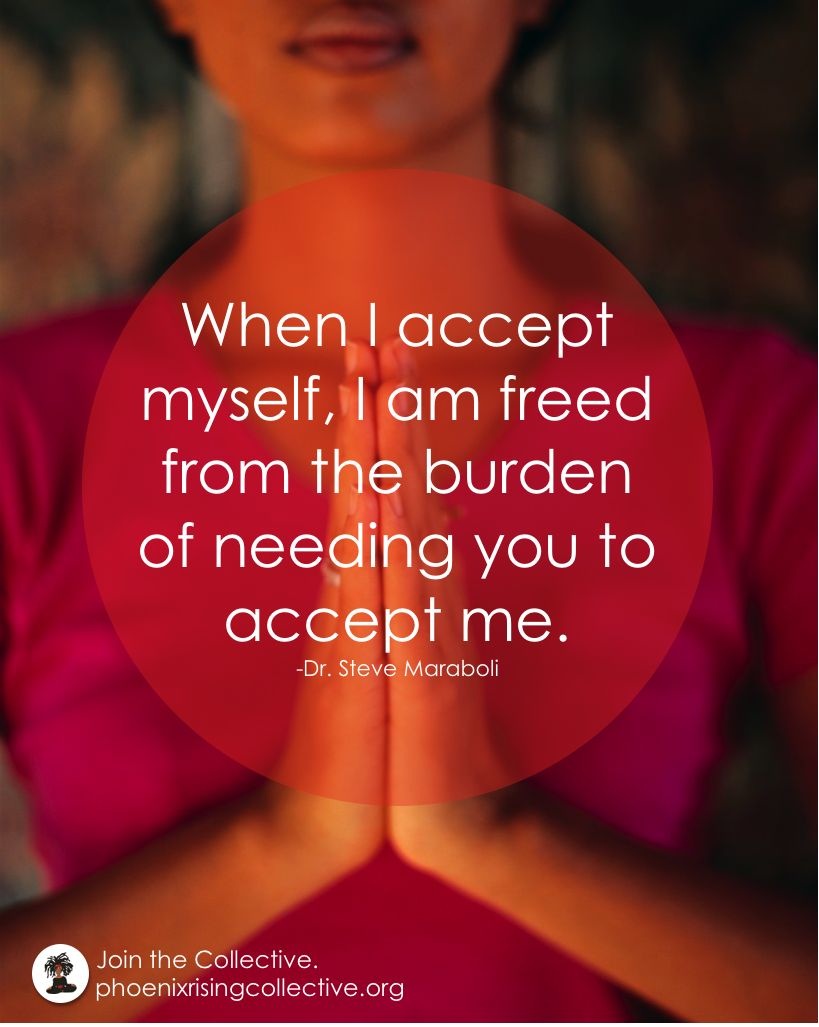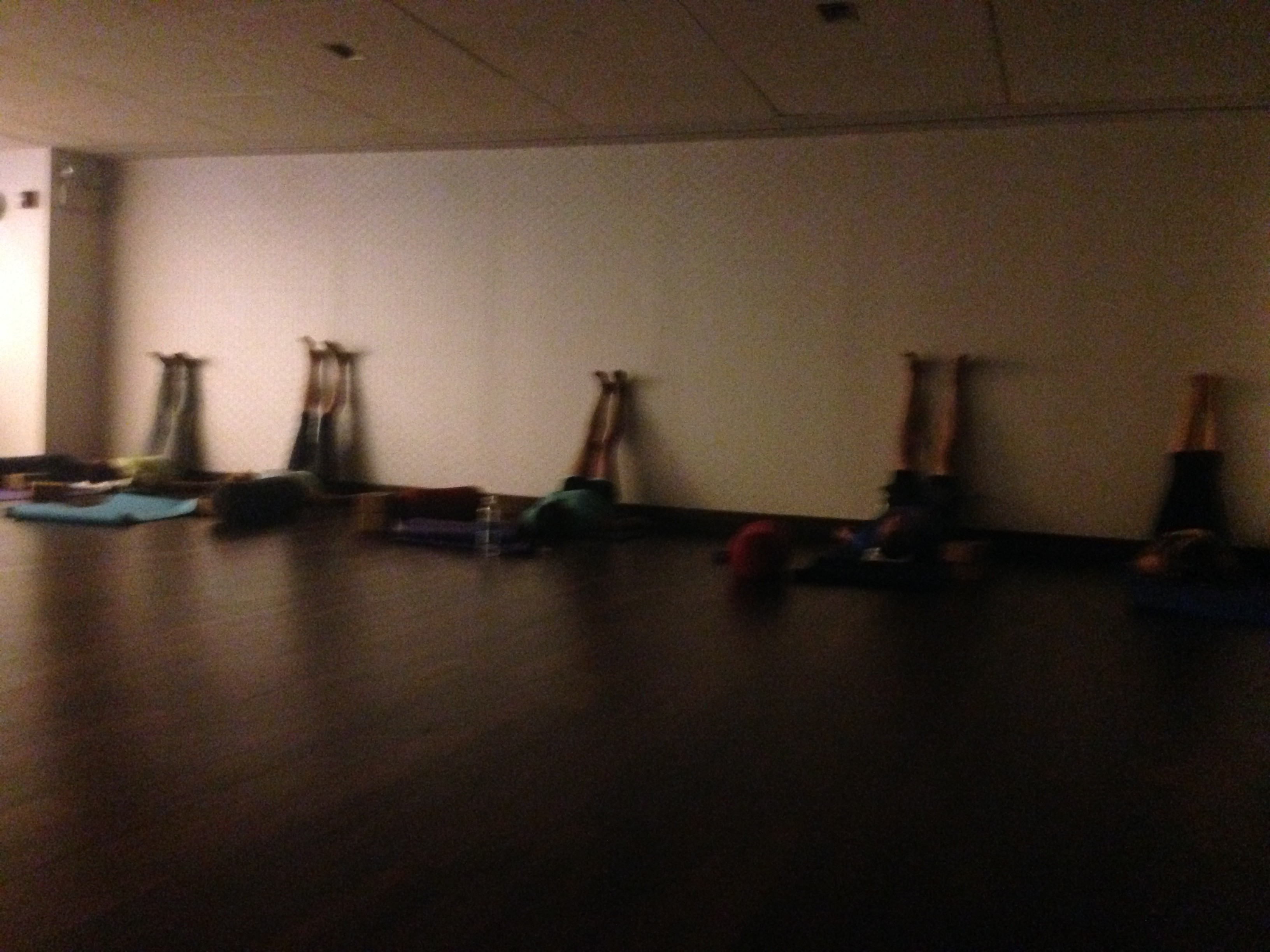yoga and stress management
Right now, how stressed are you on a scale of one to ten ?
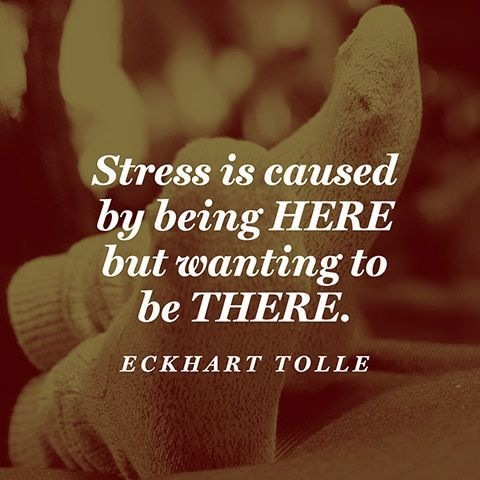
Did you know that : “Stress is defined as “any stimulus that creates an imbalance in the internal environment.” ~ Tortora and Grabowski, Principles of Anatomy and Physiology
Did you know that there are 3 causes of stress?
-Physical -whether you have undergone a trauma, an injury or from sport-specific or other movement patterns that do not reinforce good posture and alignment.
-Mental/emotional –whether you are unable to relax, sleep, understand yourself, and make nourishing and supportive choices.
-Biochemical/environmental – whether your mood is affected or you are involved in circumstances that unbalance you.
Life is rapid. The modern person is suffering from common things like – overwork/fatigue, fear, hate, hurry and tension. The adrenal glands are adversely affected, causing dis-ease such as arthritis, myositis, psychoses, anxiety, headaches, back pain and cardiovascular and gastro-intestinal malfunctioning.
What to do for stress management? There are two divisions of our nervous system, the flight or fright, which is triggered by stress and the parasympathetic, which is involved with deep relaxation. Ease, or Dis-Ease, we are equipped for both!
Naturally, avoiding stress completely is an unrealistic solution for the 21st century. However, neutralizing the effects of stress, minimizing stress through empowering changes, channeling stress into creative endeavor, alleviating it and/or reinterpreting the impact of a stressor – namely, different kinds of coping behaviors – are better approaches to dealing with or handling stress.
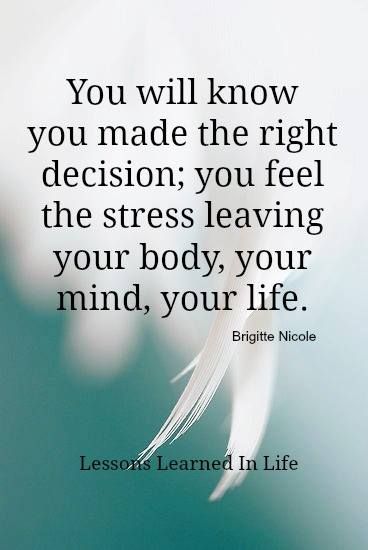 After going through a fight or flight reaction, the body wants to return to homeostasis by relaxing and returning to normal activity levels. This relaxation response slows the heart rate, lowers blood pressure and stress hormone levels, and reduces oxygen consumption.
After going through a fight or flight reaction, the body wants to return to homeostasis by relaxing and returning to normal activity levels. This relaxation response slows the heart rate, lowers blood pressure and stress hormone levels, and reduces oxygen consumption.
It is possible to manage one’s stress and consciously set the relaxation response in motion so the body can begin to use its internal intelligence to mobilize and heal itself.
Just ask yourself what feels better, being in a bad mood or being in a naturally good mood, where you feel you can cope with this rapid pace, neutralize the effects of a challenging situation and enjoy a peaceful night’s sleep?
Health is wealth. The simple truth is that without any healing, we do not stand a chance against the treadmill of life. However, learning how to breathe so that you can consciously diffuse a potential stressor, learning how to mobilize your body so that it can let go of the potential pain in the neck, learning how to quiet the mind so that your split second decision-making skills are clearer, these are all tools we can learn to use, so that our lives are balanced with LETTING GO, not out of hand GO GO GO.
Have you ever been in a healing presence, had a soft and focused moment, experienced a yoga flow, or simply sat sitting in a park, feeling the soft breeze and listening to the grass and the music of a waterfall? If so, I am sure at some level you thought, hmmm, I would like to bottle this for personal consumption! This is the idea. You can learn and yes, it may take some practice, but the results are infinite. Contact me for personalized options
